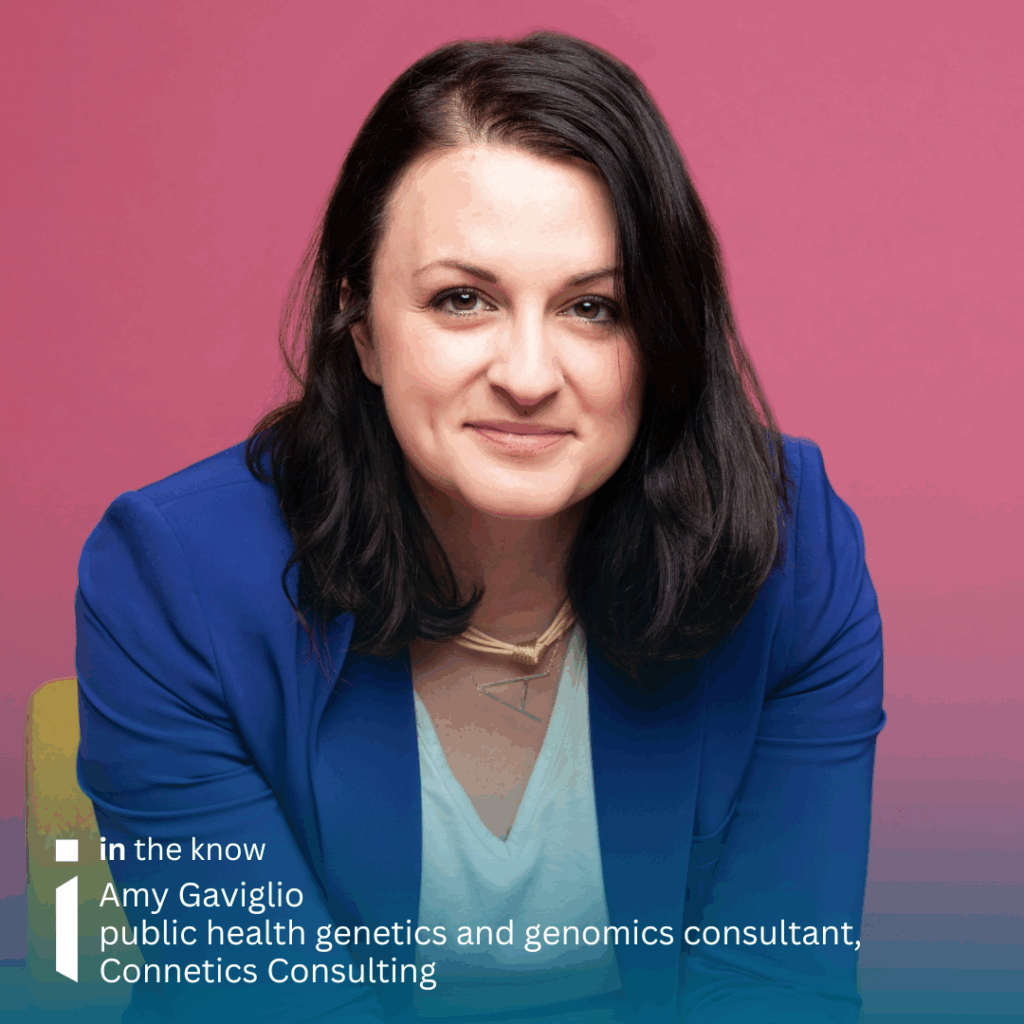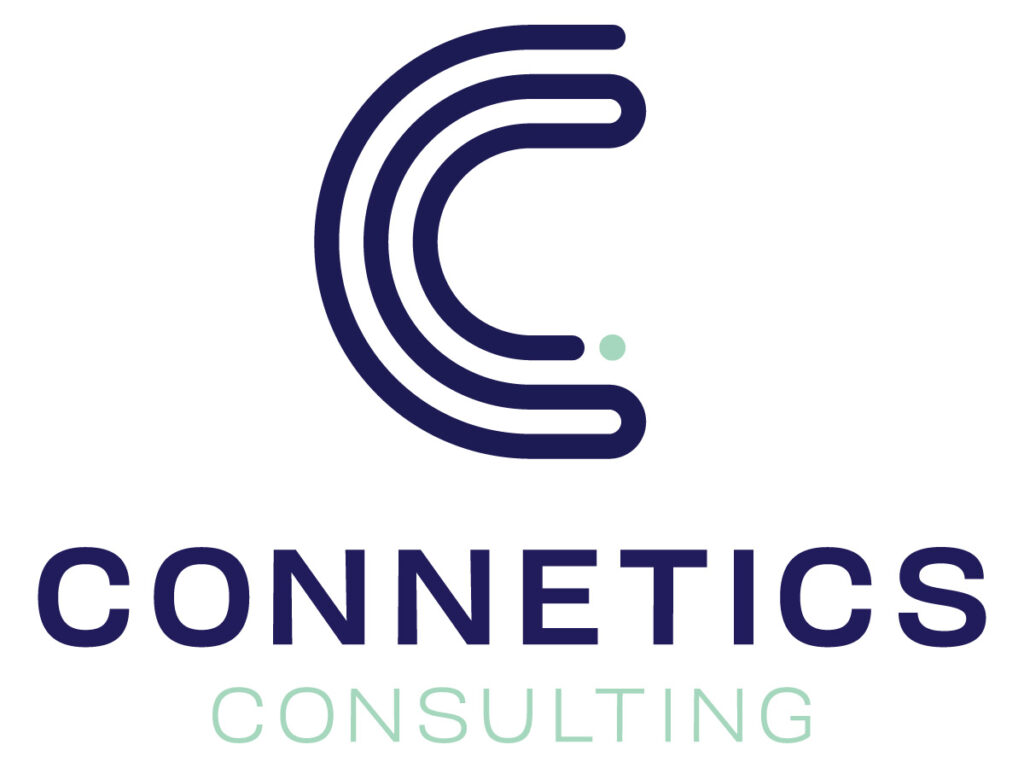No true north: The disbanding of ACHDNC and its impact on rare disease innovation
Estimated reading time: 8 minutes


In the rare disease ecosystem, direction is everything.
From bench to bedside, the journey of a therapy depends on multiple layers of coordination—research, regulatory pathways, public health infrastructure and patient access. Newborn screening (NBS), in particular, plays a crucial role in closing this loop. It identifies infants with rare conditions before symptoms appear, enabling early pre-symptomatic treatment. For industry, it’s often not just an ideal—it’s a strategic necessity.
For over two decades, the Advisory Committee on Heritable Disorders in Newborns and Children (ACHDNC) quietly served as the compass that oriented this landscape. Its recommendations shaped the federal Recommended Uniform Screening Panel (RUSP), a tool used by states to guide their NBS programmes. And just as importantly, ACHDNC functioned as a signal to developers, regulators and payers that a condition had met the rigorous criteria for nationwide consideration.
But in April 2025, that compass was abruptly broken. The Department of Health and Human Services dissolved ACHDNC, citing administrative burden and cost. The decision came without public deliberation, and without input from families, researchers, clinicians or industry stakeholders. The result: strategic disorientation in one of the country’s most critical public health engines—and a potentially chilling effect on innovation.

The compass we lost: ACHDNC’s role in industry coordination
ACHDNC was never a regulator, but its recommendations carried enormous weight. Through its evidence-based process, the committee evaluated nominated conditions based on factors including disease severity, the availability of a reliable screening test and the existence of an effective treatment. Once a condition was approved, it was added to the RUSP, and states were encouraged—but not required—to incorporate it into their screening programmes.
For biotech and pharmaceutical companies, this process was more than academic. It offered a critical benchmark for:
- Clinical trial design, especially showing the importance of early treatment in improving health outcomes.
- Market access forecasting, helping developers estimate treatment populations and state-level uptake.
- Investor confidence, with RUSP inclusion often viewed as a signal of long-term viability.
Consider spinal muscular atrophy (SMA), which was added to the RUSP in 2018. This decision aligned with the development and approval of an innovative therapy and an industry-supported screening pilot programme that, together, garnered the evidence for NBS. ACHDNC didn’t launch those drugs—but its endorsement of screening for SMA helped ensure that the right patients could be found, treated early and followed over time. It’s the kind of coordination developers planned for and counted on.
Fragmentation and delay: How disbanding ACHDNC disrupts market dynamics
Now, with ACHDNC gone, the United States faces a vacuum in federal NBS leadership. There is no longer a centralised body responsible for reviewing conditions, evaluating the latest science or making national recommendations. And this lack of coordination has immediate consequences.
States are now left to determine on their own whether—and when—to add conditions to their panels. Some have robust public health infrastructures and may develop independent criteria. Others lack resources, expertise or political will. The result will assuredly be uneven implementation and widespread geographic disparities.
This creates serious challenges for industry:
Treatment access becomes unpredictable, especially for therapies requiring treatment before symptoms appear.
Patient identification splinters, weakening real-world evidence generation.
Commercial launches grow more complicated, with companies forced to navigate fragmented payer policies and inconsistent provider engagement.
The innovation ecosystem at risk
Rare disease drug development is already one of the most complex, costly and high-risk ventures in biopharma. The average therapy can take over a decade to develop, with many failing before they reach Phase III. Companies invest heavily in therapies that may only serve hundreds or thousands of patients.
NBS, when aligned with therapeutic pipelines, helps de-risk this investment. It ensures eventual early detection, enables the potential for robust natural history data collection and supports timely intervention. Without a federal screening compass, that alignment fails.
Investors may hesitate to fund programmes with unclear access pathways. Regulators may face difficulties aligning clinical endpoints with population-level outcomes. Payers may resist coverage in the absence of uniform adoption.
Ultimately, the absence of ACHDNC affects more than any one company—it destabilises the delicate feedback loop that connects research, regulation and reimbursement. This ecosystem thrives on predictability, transparency, and shared decision-making. Without it, innovation slows.
A lost forum for ethical leadership
ACHDNC also held another essential function: it provided a public forum for ethical deliberation. It was a space where scientists, clinicians, public health professionals and advocates could evaluate not just whether a condition was medically actionable, but whether it was socially and ethically appropriate to screen for.
It asked hard questions: How do we define meaningful benefit? What are the risks of false positives? How do we ensure communities aren’t left behind?
For industry, this engagement was critical. It helped developers understand stakeholder perspectives, surface questions about informed consent and data use, and frame their interventions in ways that built public trust. With the committee gone, these discussions have no federal home.
And the implications go beyond ethics—they affect strategy. Therapies aligned with public health priorities and community values are more likely to succeed. When those priorities become opaque, industry loses a vital compass point for product development and messaging.
Equity and universality: A moral imperative in newborn screening
As the rare disease ecosystem grapples with the loss of ACHDNC, another fault line demands overdue attention: the persistent inequities in NBS access and outcomes. Even before the committee’s dissolution, disparities in implementation, follow-up and access meant that the impact of NBS across and within jurisdictions varied. Now, without a federal compass, those disparities risk deepening.
NBS is not just a test—it is a public health promise. A promise that every child, regardless of geography, race, income or insurance status, deserves the chance at early detection and timely care. But that promise has never been fully realised. Under resourced states may lack the infrastructure to adopt screening for new conditions. Communities continue to face systemic barriers to follow-up care.
Universality is not a luxury—it is the foundation of ethical screening. When screening programmes vary widely, the system fails to uphold its most basic principle: that all newborns are equally worthy of protection. And when equity is sidelined, innovation loses its moral anchor.
Addressing these challenges cannot fall to any one sector alone. Equity must be a shared responsibility—one that unites public health agencies, industry leaders, community advocates and policymakers in common purpose. Developers can support inclusive pilot programmes and multilingual education efforts. Public health professionals can advocate for standardised implementation. Policymakers can help improve access. And all sectors can ensure that lived experience informs every step of the process.

Rebuilding the compass: Industry’s role in governance
Despite the vacuum, the rare disease community is not standing still. Advocacy organisations, public health professionals, scientists, clinicians and developers are exploring new models for governance—ones that could enhance the deliberative rigor of ACHDNC while addressing identified operational constraints and a need for agility and modernisation.
Some have proposed creating a hybrid public-private advisory body, anchored by federal agencies but inclusive of industry representatives, patient advocates and academic experts. Such a body could:
- Evaluate conditions using robust evidence review.
- Enable stakeholder consultation throughout the process.
- Coordinate with agencies like CDC, CMS, FDA, and NIH to align screening with research, regulatory and coverage priorities.
Others call for a completely revamped ACHDNC, potentially leaner and more agile, and rooted in principles of transparency, equity and scientific rigor.
Industry has a clear role to play in these efforts:
- By showing up at strategic forums and sharing their perspectives.
- By supporting advocacy coalitions that call for reinstatement of federal guidance.
- By investing in state-level implementation, helping fill gaps while federal infrastructure is rebuilt.
Regardless of the path forward—the creation of a new mechanism needs to be about partnership. No single organisation or sector, public or private, can solve NBS issues alone. Collaboration is the compass we must now build together.
A system adrift—But not beyond rescue
The disbanding of ACHDNC was not just an administrative decision. It was the removal of a foundational tool in a system that connects science, ethics and impact. And for the rare disease drug industry, that decision introduced strategic drift at a moment when alignment matters most.
But there is reason for hope.
Stakeholders are engaged. Conversations are underway. And the lessons of the past twenty years remain powerful: that orientation isn’t optional. It’s the force that turns potential into reality, research into treatment and discovery into equity.
Developers, funders and regulators can still choose to find north again. By collaboratively rebuilding deliberative infrastructure, reaffirming commitments to transparency and centering community voices, the compass can be restored.
Because in rare disease innovation, timing is everything. Direction is everything. And when newborn lives hang in the balance, silence is not a strategy.
It’s time to chart the course ahead—with intention, coordination and the moral clarity these children deserve.
Connect with Amy
in the know brings you the latest conversations from the RARE think tank. To access more in the know articles click below.

